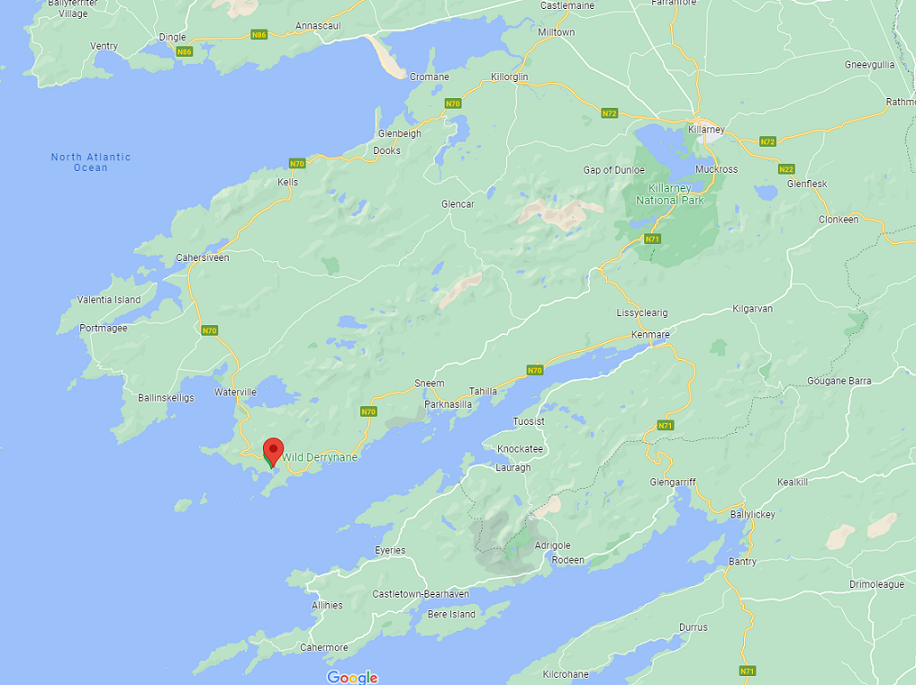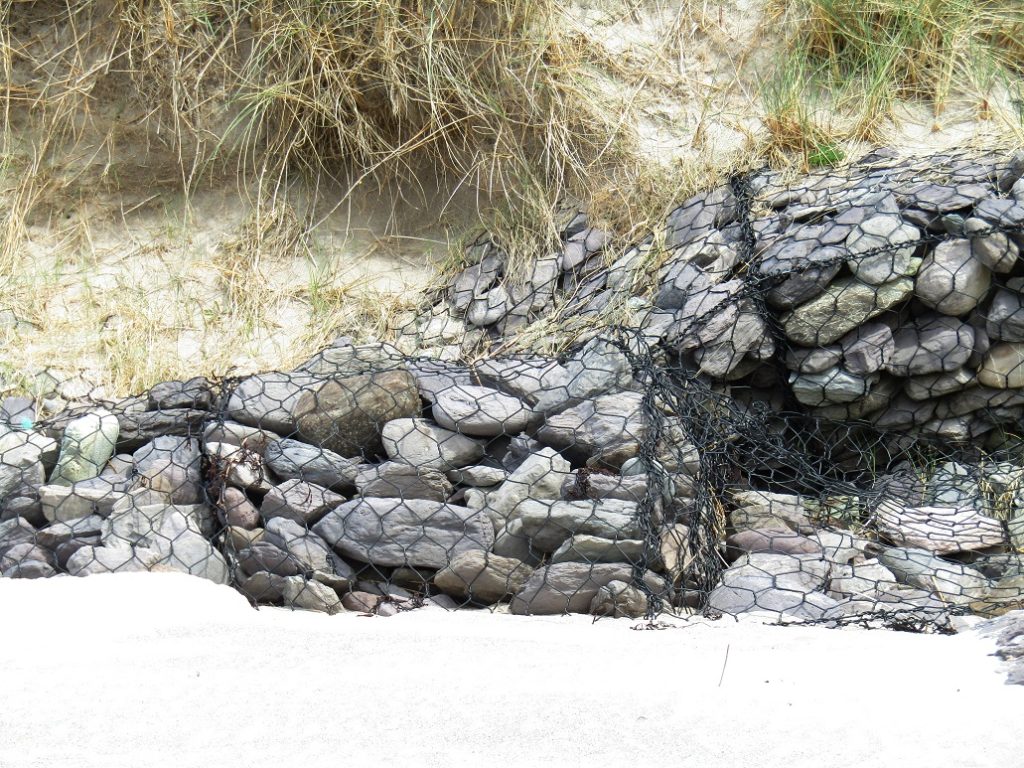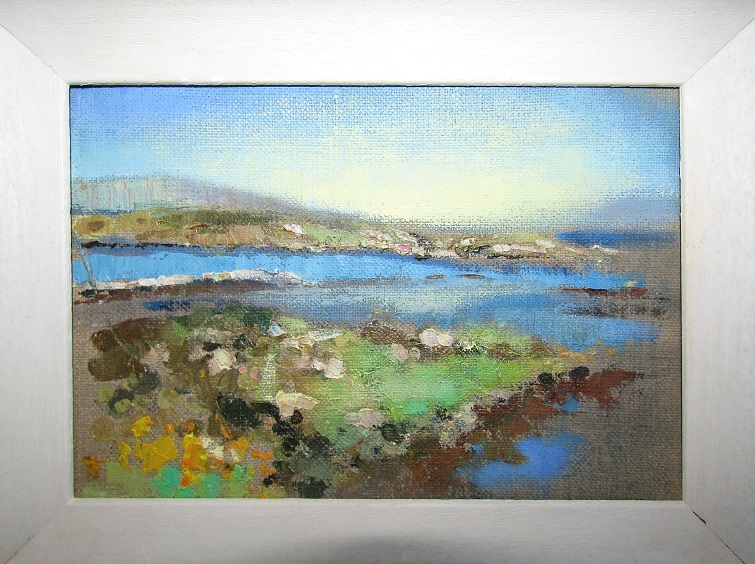Recently, we jumped at the opportunity for a weekend in Kerry. The house, owned by the artist, Dana Winder, is basic and charming. There are no fancy do-das, and dogs are welcome. The large downstairs windows lend the impression of almost being outside, at one with nature.

Derrynane is situated at the bottom left-hand corner of Ireland,on the Iveragh pneinsula, next one down from Dingle. It is an amazingly wild and mountainous area.

The photographs, taken on a fairly basic camera, truly don’t capture the immensity, age, and ruggedness of the landscape. Nor the hot and sunny days we unexpectedly experienced.




Our host, Aoibheann (pronounced Even) is an archaeologist specialising in rock art, so we visited quite a few archaeological sites, including these ruins of a smelting works from the seventeen hundreds.

The ruin is still surrounded by lumps of ore and slag, which have a beautiful patina from the intense heat. In England, we would find the remains of a water wheel, or whatever had powered the bellows (which never stopped), but this one bears no such trace. As it isn’t near a water source, it’s a mystery as to what source of power was used. There is also another curious fact, that the works used to smelt ore shipped over from England. There is no record, but it’s assumed that the cost of shipping was outweighed by cheap Irish labour.

We paid a visit to Derrynane House and Park. Once the home of Daniel O’Connell, it is a fairly modest stately home, set right on the coast, with extensive gardens and parkland.



The sea wall was breached a few years ago, engulfing an alder plantation with salt water. New leaves are starting to emerge from this resilient species.

The sand dunes lining the shore have been recently overrun by rabbits, which are doing immense damage.

This artificial pond was created in the 1990s to reintroduce the Natterjack Toad. Presumed a native in the south west of Ireland since the last glaciation, it had suffered a major decline in the last century.

We found two types of tadpole in the pond, and assume the toads share the environment with another species. While sitting on the beach in the early evening, we could hear the toads calling.

There are several salt marshes on the estate containing phragmities reeds, which are quite beautiful.

The sandy tops of the tunes are abundant with wildflowers. I have never before seen these tiny wild pansies.

And a field of sea thrift, with small orchids (below) dotted through the grass. Apparently, the rare bee orchid can be found here, too, at the right time of year.


And for the dogs… a massive sandy beach, almost deserted at this time of year.

On the horizon, between two rocks is the faint outline of the Skelligs, known mostly for an early Christian monastery.

Much work is being done to preserve this area of natural beauty. There are tour guides for many areas of scientific interest: antiquities such as rock art; and wildlife tours sighting birds, plants, seaweeds, etc.

And, of course, we couldn’t leave without taking a long drive around the stunning central passes of Kerry.





Below, in the distance is Macgillycuddy’s Reeks, with Carrauntoohil, Ireland’s highest peak in the centre.

And, below, I am being educated, by Aoibheann Lambe, on a famous piece of rock art.

We chose one of Dana Winder’s evocative paintings to remind us of our visit, and her generosity. Click the image to see more of Dana’s paintings.
